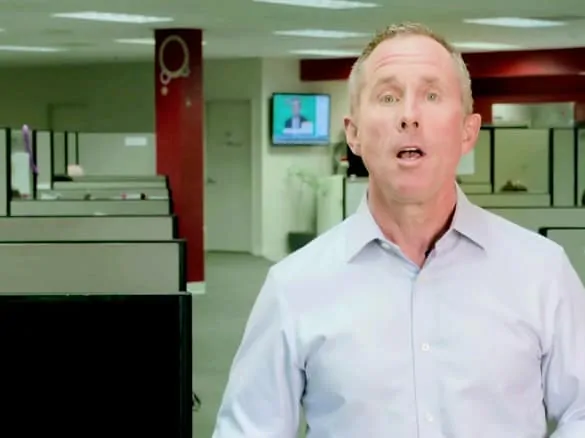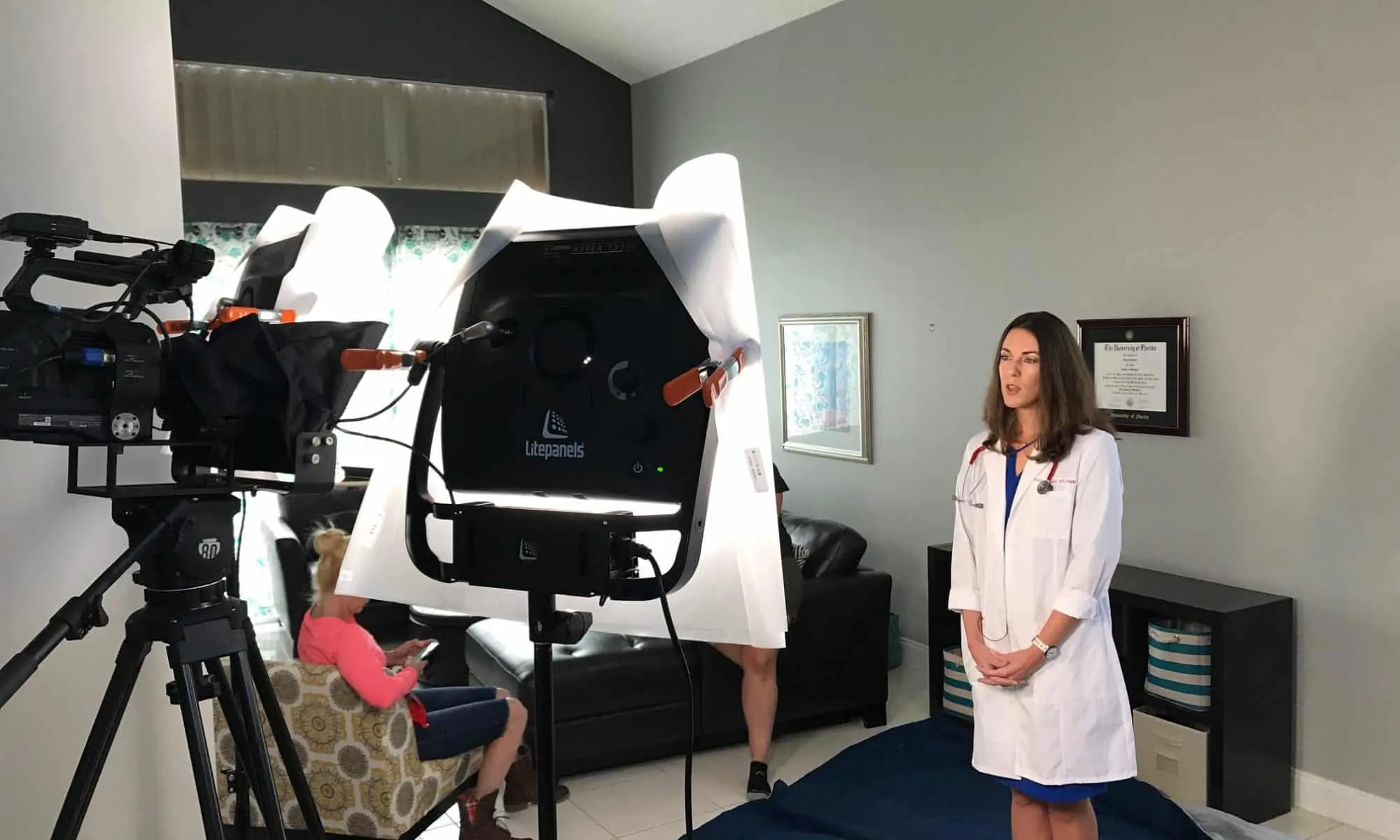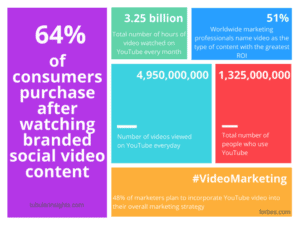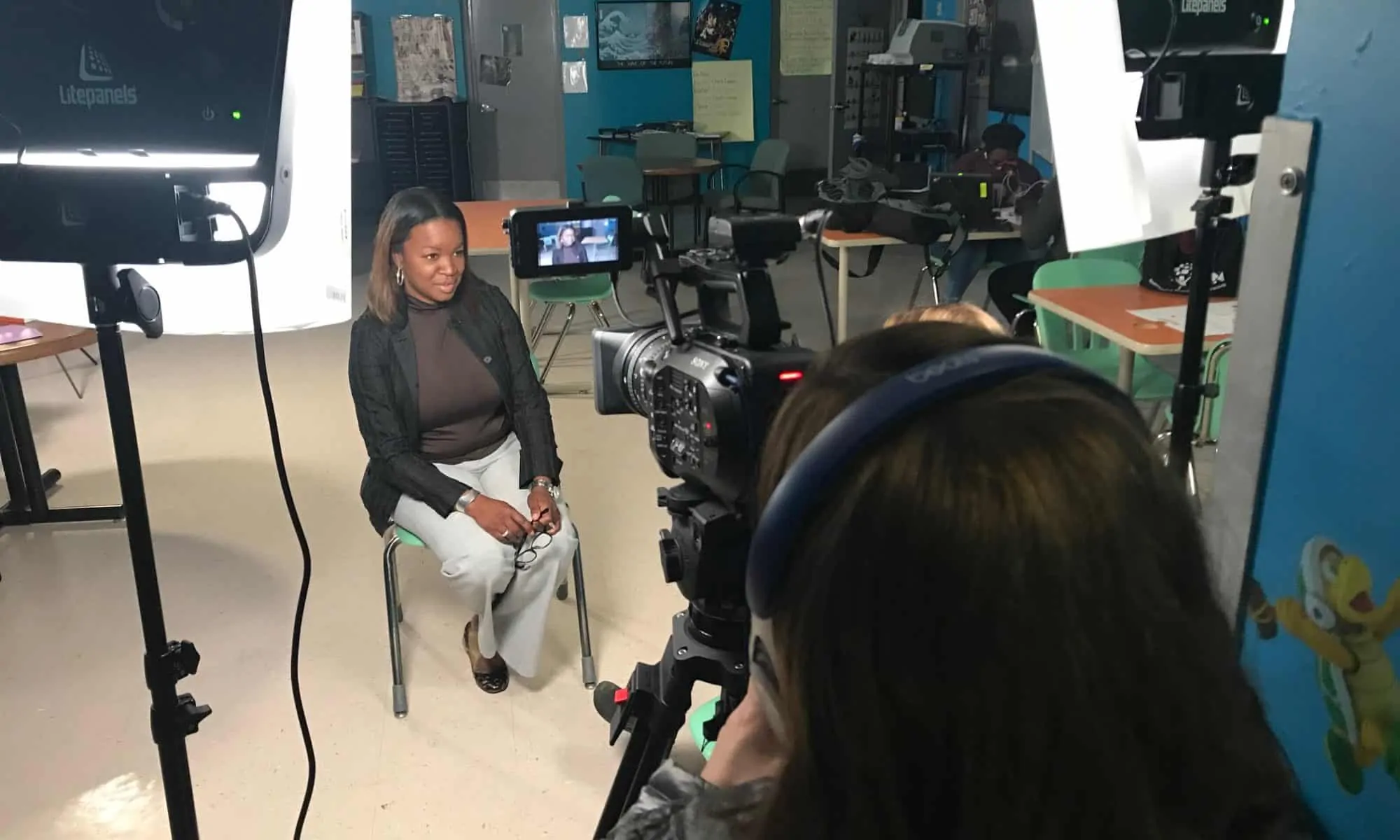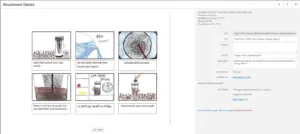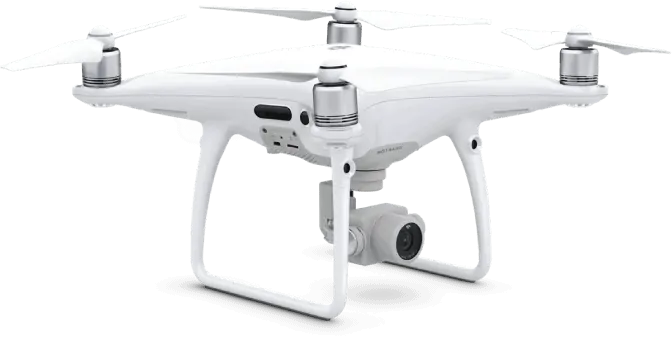Why Video in Tech?
If you’re reading this post, it might be because you own or work at a technology company and want to know what type of video and how to use video for your company. First, if you’re in tech, let’s get to the why you might need a video… and let’s get beyond the obvious of “everyone is doing it” because that’s not a good reason to do video.
Most of the technology companies that have called us to either get an idea of cost or what it takes to do a video call us for similar reasons. Most technology companies call us because they are struggling to get potential clients to understand that they are there for their clients… that they are humans too… and that it’s not all Artificial Intelligence that make up a client’s technology backbone.
We usually hear about a website that is sterile, a lot of images of servers and techie stuff, but somehow they’re missing the human element. It’s interesting that Dow Chemical also struggled with this and created a commercial that still sticks with us today (and no we didn’t produce that commercial).
Ironically, reading this Forbes article titled “Healthcare’s Often Missing Element – The Human Element” they also list several other companies who have this same problem. People are what make the world go around… but more importantly, people are what make sales happen. There lies the problem some technology companies have: they stick to words and images that are cold and meaningless in getting the sale.
They often rely on their sales team without providing some of the best tools available to them in marketing: video.
That’s the Why. Why video can make the difference. What about When?
Next, when is it time to invest in a series or a single video? It varies by business and by individual, but the real answer is brought to light by the answer to the questions, “Do potential clients get you? Do potential clients understand you?”
As with any business, when you have to differentiate yourself by explaining all the things you do rather than helping the potential client understand why you do what you to improve this world, something might be missing. It might be time to explore video for your technology company if one or more of the following ring true:
- Potential clients don’t understand what you do. They don’t understand the cloud or backups or the difference between a backup and an archive.
- Potential clients don’t connect with you as people, rather as a service.
- Potential clients just want numbers without getting to know you.
- Potential clients just want answers without understanding the entire portfolio of services you offer.
- People aren’t making the connection between their needs and the services you provide.
Most marketing does a lot of the above, but the difference between print, web, document, etc. marketing and video marketing is one is read (with all the inflections or tones they think you are trying to say) and the other is shared and stated exactly as you have intended.
THIS is why everyone is doing it…not because others are doing it, but because it conveys the message in the desired tone and matching meaning.
What type of video should I create?
Great question. The type of video depends on what your end goal is and what you hope will happen when they finish watching the video. Our recommendation is to consider one of the following videos to determine which video is the best to start with.
- What Type of Video Should My Business Have in 2018?
- Do you have cool space? Check out: Office Tours – Showcase Your Space!
- How to Disrupt Your Industry Using Video
It may not be time for you to consider video, and that’s OK, but if it is time to talk, we’d love it if you consider contacting us about what you’re trying to convey. We might be able to help.



